Some useful concepts for this phase of pre-production, as we move from non interactive scenarios to games
Agency
Most of these unique features of the gaming situation (or cyberdrama or interactive literature…) relate to the concept of agency, popularized by media theorist Janet Murray.
Agency: the satisfying power to take meaningful action and see the results of our decisions and choices
Murray sees immersion and agency as central elements for the enjoyment of games.
Every expressive medium has its own unique patterns of desire; its own way of giving pleasure, of creating beauty, of capturing what we feel to be true about life; its own aesthetic.
Janet Murray – Hamlet on the Holodeck 1997
The issue of agency will come up frequently while discussing story-based and art/arty games.
Can there be a game without agency?
Let’s examine 3 extreme cases: The Graveyard by Tale of Tales, a Call of Duty “pacifist speedrun”, and Progress Quest.
Meaningful play / meaningful choices
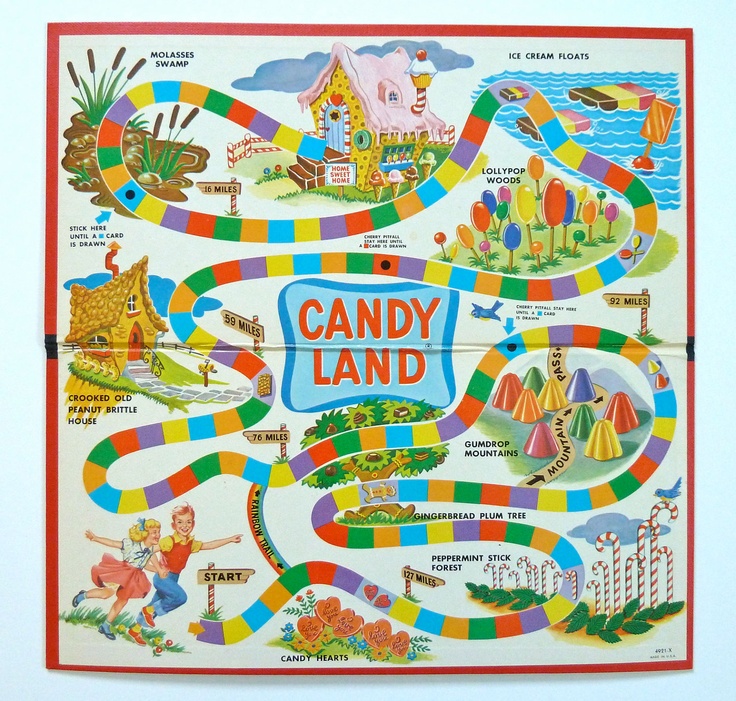
In Rules of Play, Katie Salen and Eric Zimmerman provide two definitions of meaningful play (the goal of game design):
Meaningful play in a game emerges from the relationship between player action and system outcome; it is the process by which a player takes action within the designed system of a game and the system responds to the action. The meaning of an action in a game resides in the relationship between action and outcome
Meaningful play is what occurs when the relationships between actions and outcomes in a game are both discernible and integrated into the larger context of the game
Candyland, battleship, bingo lack actual choices. Tic-tac-toe stops being meaningful to an “expert” player.
When choices are not discernible and integrated the game may break or stop making sense to the player. Did my choice had an effect? Was that event random or was it my fault?
Any video game examples?
But also: did I have several interesting choices or there was always a no-brainer choice? Lost Cities (discarding), Zooloretto (pushing the luck, affecting the players).

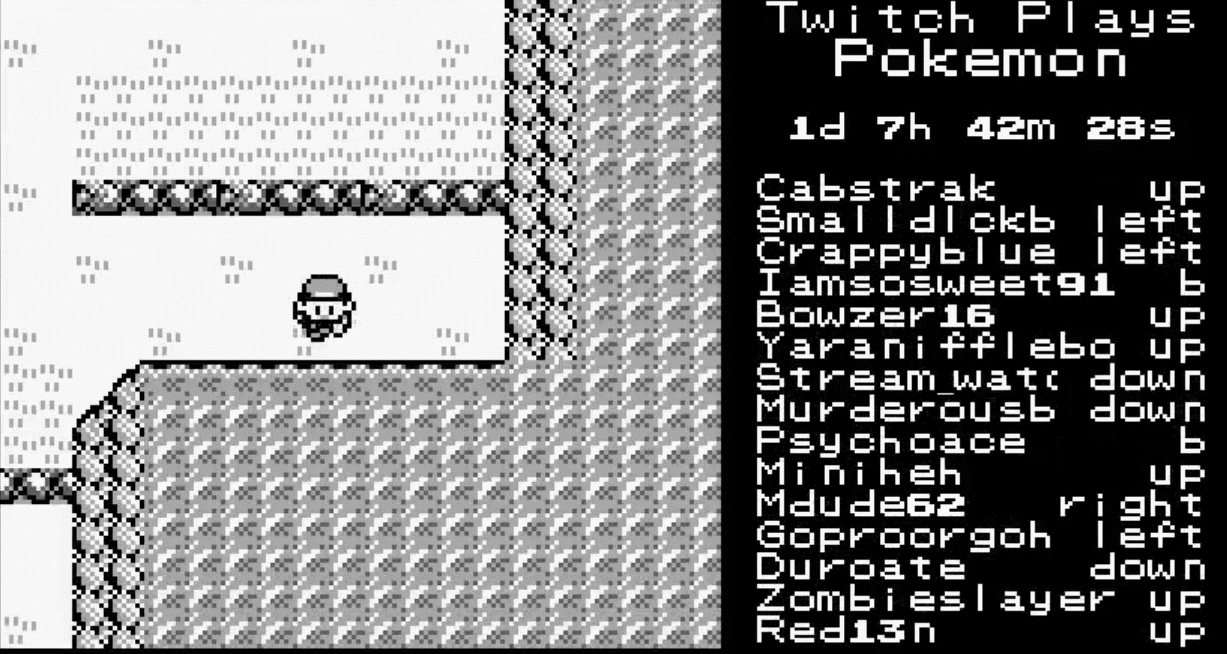
Goals/Motivation
The unique features of interactive texts, cybertexts, and games can be better understood if we analyze the “gaming situation” (Eskelinen) from the side of the player.
Interpretation (shared with linear media)
What’s happening?
What does it mean?
How do I feel about it?
What does the author want to convey?
Exploration
Interactive like a banana?
Non trivial actions (such as turning or scrolling a page) are required to reveal “hidden” content
Formation of goals
What do I have to do to win?
What I’m expected to do?
How can I cheat/break the game/find the limits of the system?
Intermission: do players formulate goals all the times? What’s the goal in the Sims?
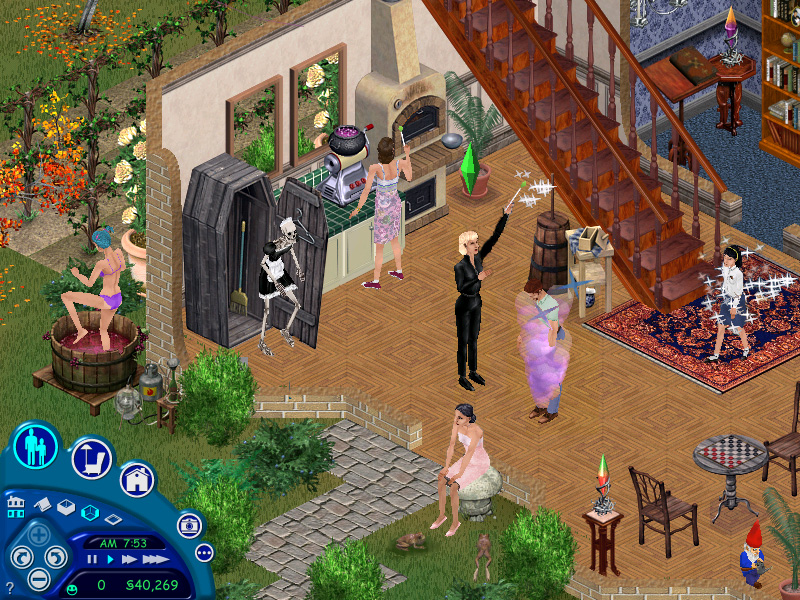
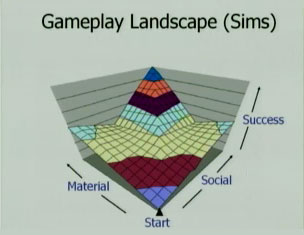
The impulse toward goal formation in games is incidentally a big challenge for Artgame/notgame designers. The ideal player of an art game should ask herself: What’s the best way to experience this?
Depth

How much room there is for the player to get better at the game.
-Clint Hocking
How much is there to explore before you exhaust what the game has to offer.
-Jason Rohrer
How wide is the gap between competent play and expert play (Chess, Guitar Hero, Counter Strike, Tetris, SpyParty).
How big is the possibility space (Chess, Minecraft)
Depth vs Breadth
Games like GTA often forsake the polish on a few individual systems that would give them depth, but instead create room for the player to get better by forging massive networks of highly interconnected systems. Here, the player’s urge to explore and find the boundaries of the simulation pressures him to improve.
Scope
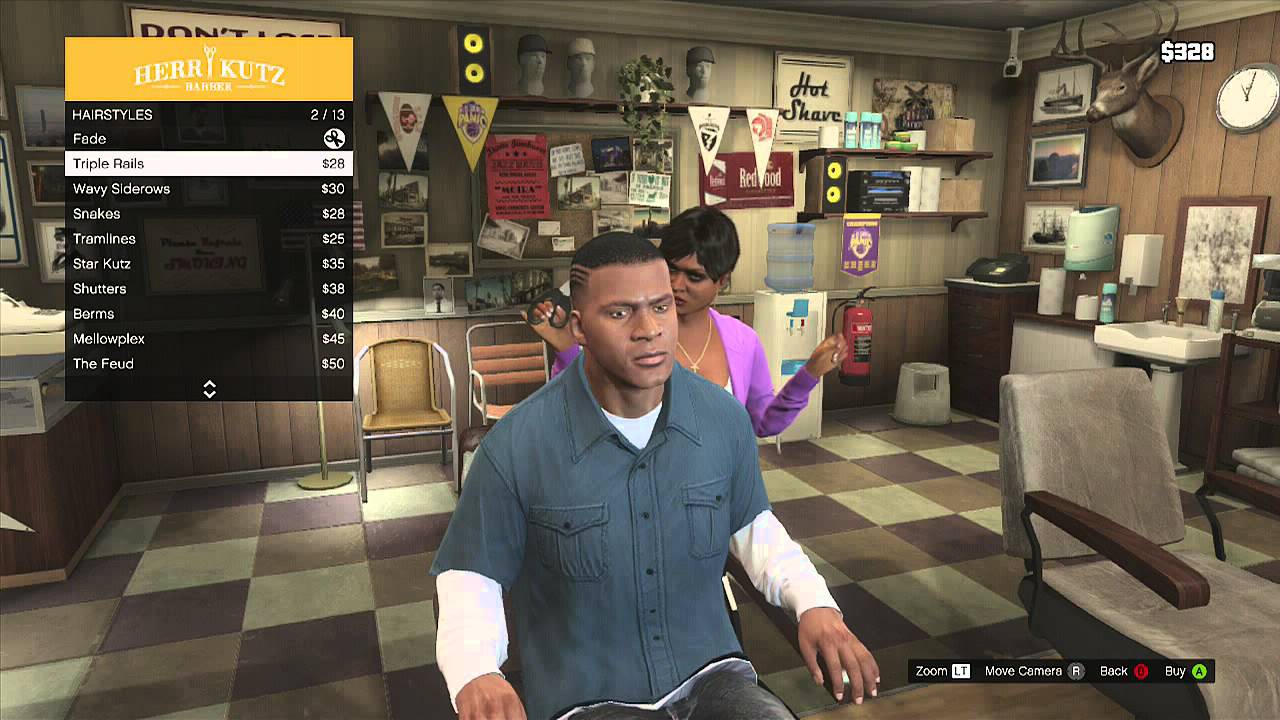
Breath and depth are closely related to the scope which is the planned complexity of a game (in terms of feature, content and systemic detail).
It’s quantitative and qualitative and usually defined in a game design document. How do you simulate a city or the life of a criminal?
Feature Creep: adding more features after the scope has been defined.
Overscoping: aiming for more than you can achieve in the given timeframe.
To avoid overscoping:
– stay away from content heavy projects
– identify the core mechanics immediately
– try to reduce them even more
– make a feature complete prototype with all the core mechanics as soon as you can.
Instead of adding new elements from the beginning explore all the possibilities created by these mechanics and then add only a new one at a time. If it opens up a new space of possibility combining and reinforcing the existing ones, then it’s a feature worth pursuing.
If you need a minigame or a subgame or a cutscene to make your game work, you are on the wrong track.
The first Braid prototype was made in one week.
When you are scoping a project find out examples of games with a similar complexity made by similarly experienced people in a similar timeframe.
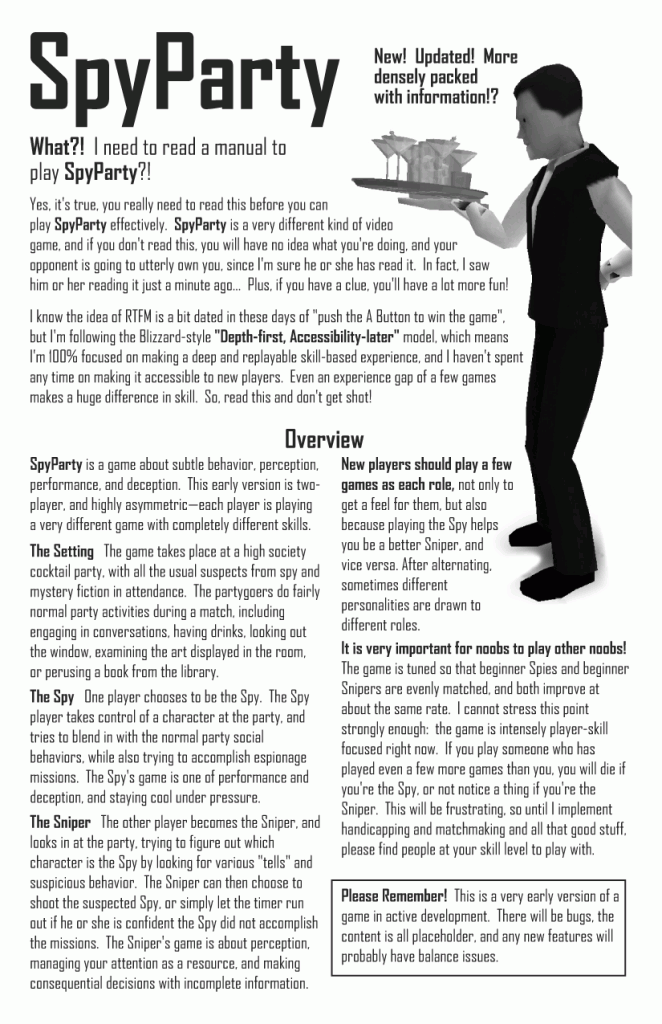
Mechanics, Dynamics and Aesthetics
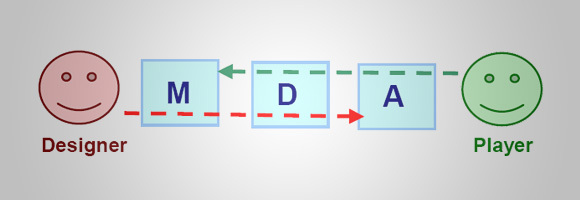
Aka the MDA framework provides a simple way to understand and design games.
Mechanics are the base components of the game – its rules, every basic action the player can take in the game, the algorithms and data structures in the game engine etc.
The rules.
Dynamics are the run-time behavior of the mechanics acting on player input and “cooperating” with other mechanics.
The system in motion.
Aesthetics are the emotional responses evoked in the player – joy, frustration, fantasy, fellowship.
The player experience (formerly known as “fun”) not the visual aspects.
The designer creates the mechanics directly > the Dynamics emerge from the Mechanics > and the Aesthetics arise out of the Dynamics (and, I would add, a lot of subjective and contextual factors)
Game design is a second-order design problem: we do not define the solution, we define something that creates something else that creates the solution (more here)
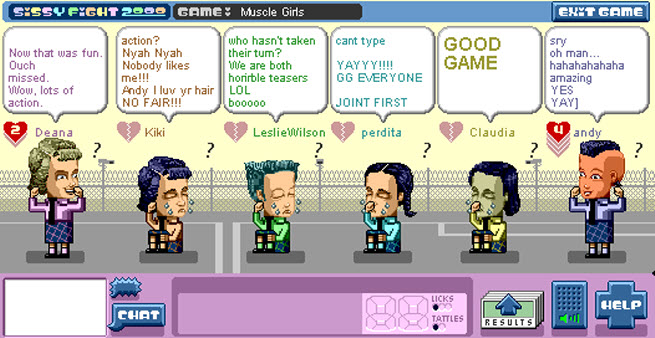
Aesthetics of SiSSYFiGHT
Fellowship: Negotiation, Cooperation, Betrayal
Challenge: Tactics, Problem Solving
Narrative: Drama
Mechanics of SiSSYFiGHT
Turn-based
Hit Points
Public Communication
Simultaneous Action
Dynamics of SiSSYFIGHT
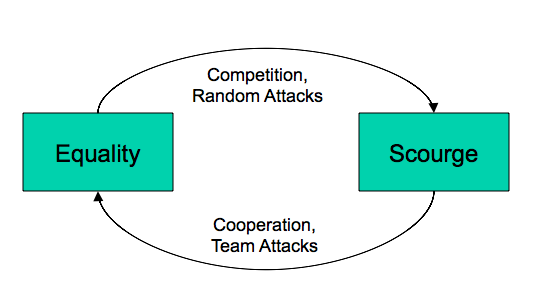
Player to player collisions in Journey had to be disabled or “softened” to avoid competitive, antagonistic dynamics
Prototype
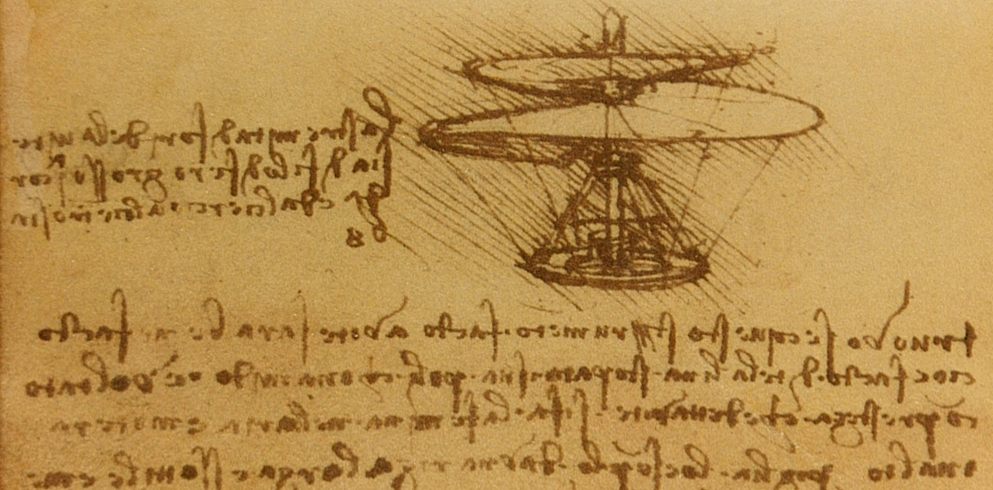
-A game prototype is not a finished product but a dynamic, computational “sketch” of your game, a proof of concept.
-Prototypes are usually developed with the fastest techniques: paper or accessible tools like processing or flash.
-Because of that, prototypes are typically thrown away even if they are successful. The development starts from scratch.
-Prototypes use placeholder assets, concept art can be done separately to set a style and visual/polish goal
-Most prototype fail: turn out to not be good or feasible ideas or don’t generate the desired dynamics (fun or else). And that is not a problem.
Feedback and collaboration is not always useful in prototyping:
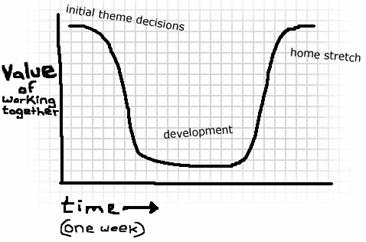
*From How to Prototype a Game in Under 7 Days
From a good prototype you should be able to tell:
* Can the player make meaningful decisions?
* Is the player getting the feedback they require to make good decisions?
* Are the major risk / reward schedules in place?
* What is the pacing of the experience?
* Is there enough meat here to hang the rest of the game on?
From Common game prototyping pitfalls
Sometimes student projects turn out to be proof of concept for bigger games.
Game Feel / Juiciness
Coined by Steve Swink (article summary here) used more or less ambiguously since then to refer to the “tactile” quality of control systems in spatial games. Basically how the game responds to the input.
The main idea is: a game should feel engaging to play even after the plot, points, level design, music, and graphics are removed.
Some games aren’t much more than a control system:
The even more vague but related idea of juiciness relates more to the visual feedback, the effects that are not strictly necessary to the gameplay but give it a character and a make it satisfying.
